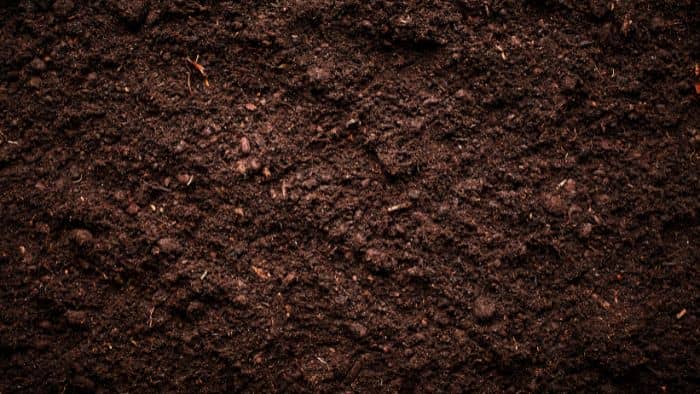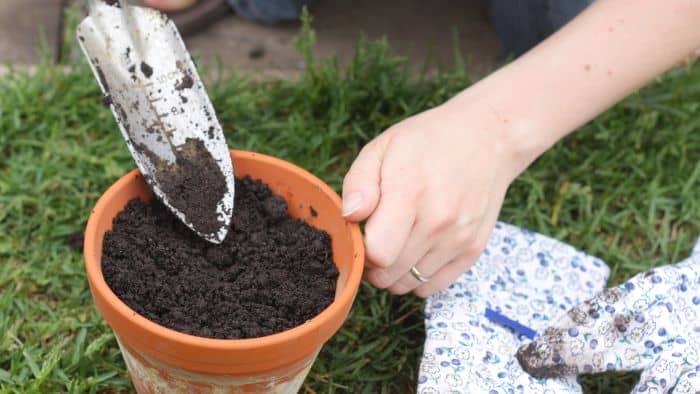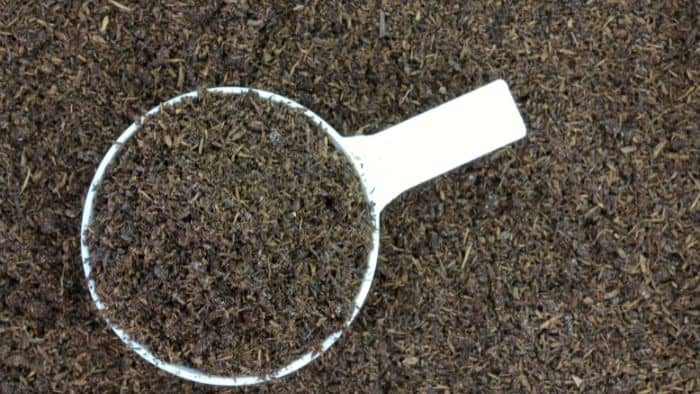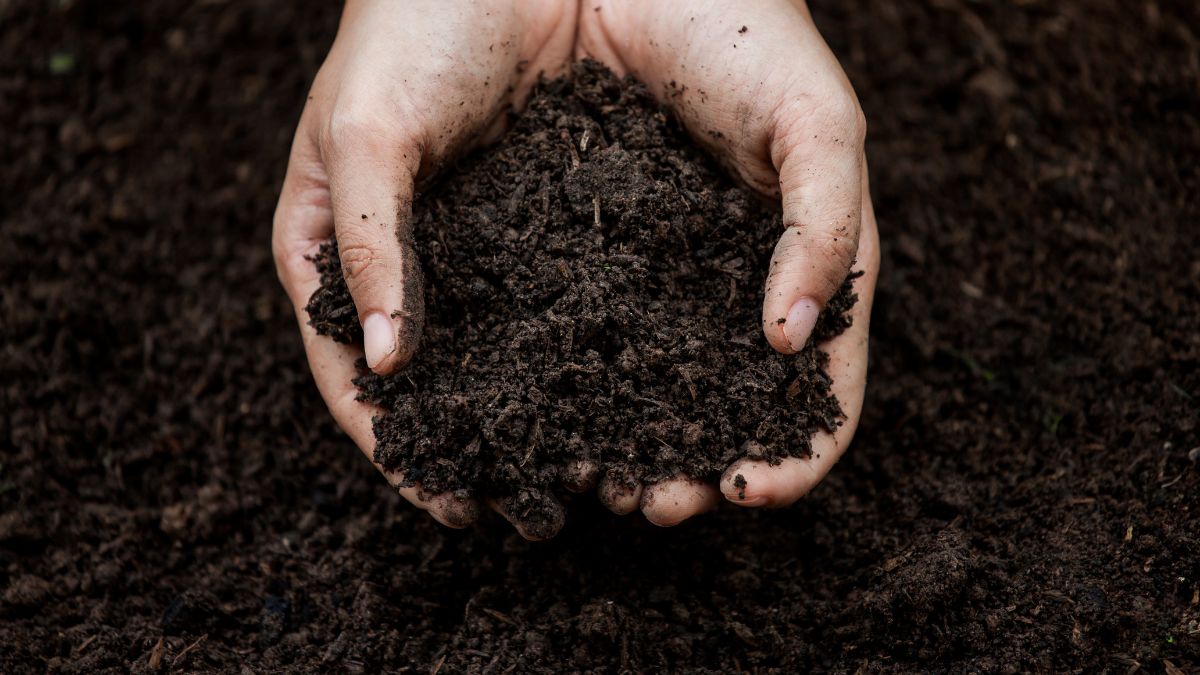This article has all the information you need on How to Make Humus Soil and much more! If you enjoy gardening, you are surely aware of how crucial healthy soil is for raising flowers and other plants. However, the importance of humus is not widely known, despite the fact that most people are familiar with compost.
The benefits of this essential soil addition and how to manufacture it at home are explained in this blog post. In the event, you would also be preventing food waste by producing your own humus-rich soil at home. This can be easily done by preserving food scraps, leftovers, and old newspapers.
In the end, this amendment will significantly enhance the health of your soil, enabling you to maximize your plant-growing ability. Have a look at our beneficial tips below and learn more about composting for your garden. You can then enjoy a lush thriving landscape with healthy and happy plants all year through.
What Is Humus Soil?
Humus can be best described as a type of naturally developed compost. Decomposing leaves, animal waste, and other organic materials break down to form humus, a nutrient-rich, mushy dark brown substance. This healthy foundation for your gardening can be combined with your existing soil for favorable results.
Although the process occurs naturally, it is simple to create your own organic matter at home. Keep in mind that several materials can be used in the process. It is actually a very cost-effective way to maintain a flourishing garden as it just takes a little knowledge and a few steps to start composting.

However, you should ensure that you set aside a special bin where you may put recyclable paper, grass clippings, and food scraps to begin the process. Until it gets dark brown and has a spongy texture, stir and turn the mound frequently. When ready, you can spread the humus out across your garden and incorporate it into the soil where your plants are already growing. Knowing how to make humus soil is a simple yet beneficial process.
What is Humus Soil Made Of?
Have you ever wondered how to make humus soil or what goes into it? Fortunately, it’s a simple process that does not cost a fortune as you can make do with whatever scraps you have laying around. This in turn will develop into an organic-rich soil amendment that most garden plants thrive in. Seeing that this type of composting is a natural process that does not require chemical enhancements, you will have the assurance that your plants are growing in the best environment.
Any degradable or compostable material can be used to make humus. It usually originates from decaying leaves that fall to the ground in nature. Making your own is an excellent way to reduce food waste and reuse garden scraps. You can incorporate banana skins, vegetable peels, eggshells, coffee grinds, and other forms of food waste. Any raked leaves, branch trimmings, or mowed grass are considered garden clippings that work just as well.
Cardboard and old newspapers are among the recyclable papers that are often used in the humus decomposition process. Just make sure that you have a suitable location where you can regularly top up your bin with leftovers and other waste materials. Also, don’t forget to keep it turning by regularly mixing the pile.
Before applying the humus to your plants, wait until it has a deep brown color and a spongy consistency. Here’s an interesting video on backyard regenerative agriculture and more.
How Does Humus Provide Nutrients To Plants
In addition to improving structure, drainage, and aeration, humus has several other benefits for plants. These include the provision of nutrients as well as the ability to increase water-holding capacity, speeds up the dissolution of silicate minerals, and provide energy for the growth and development of microorganisms. Therefore, to have a thriving garden, knowing how to make humus soil is essential.
The following are some benefits of humus-rich soil:
1. Many essential minerals for healthy soil are produced by humus, including nitrogen, which supports plant growth.
2. When there hasn’t been any rain, humus helps the soil rehydrate by soaking up rainfall and retaining enormous amounts of water.
3. Humus aerates the soil, encapsulating oxygen and promoting root growth.
4. This enhancement can enhance soil organisms, thereby improving quality and assisting plants in utilizing the nutrients they produce.
5. Since humus contains a negative charge, many of the nutrients plants need to grow, such as calcium, magnesium, phosphorus, and ammonium cling to it.
6. Nutrients are retained by the humus sponge, which also keeps rain from washing them away.
7. The soil’s health and fertility are increased by the abundance of nutrients and minerals present.
8. This composition is about 60% carbon, which is essential for good soil conditions.
Humus Soil Facts
A forest floor covered in leaf litter forms a substantial layer of humus that provides nutrients to the plants in its vicinity. However, this product is also made up of decomposing animals, such as insects, and other organisms, such as mushrooms, in addition to the plant matter found in leaf litter.
You can use these same materials at home if you have knowledge about how to make humus soil. It has various benefits and will afford you a nutrient-rich flourishing garden and landscape.

Have a look below to learn about the most noted humus soil facts:
- When plant and animal debris decomposes in the soil, humus, a black, organic substance, is created.
- Animal carcasses also contribute to the soil decomposition process as it disintegrates over time.
- These materials decompose into their most fundamental chemical components during this time.
- Numerous of these substances are vital nutrients for the earth and living things that depend on them, such as plants.
- Earthworms frequently assist in blending humus and minerals in the soil.
- Nitrogen and other nutrients present in humus are essential to agriculture.
- This product also has the ability to increase soil fertility and shield plants and food crops from disease.
- Humus-rich soil is loose, allowing for the passage of air, water, and oxygen to plant roots.
- This product can be created both naturally and through the composting process.
Conclusion
Now that you’re aware of the benefits of knowing how to make humus soil and the ease of doing it, having your own garden pile should be much simpler to maintain. Just keep in mind that this product is an inert, finely split organic substance found in soil that is created by the microbial breakdown of plant and animal materials.

A mixture of brown to black in color, humus is mostly composed of carbon, with smaller amounts of nitrogen and phosphorus, and sulfur. These components convert into plant-useful forms when it breaks down so it is quite beneficial to maintain healthy landscapes.
According to the degree of its incorporation into the mineral soil, the kinds of organisms involved in its breakdown, and the plants from which it is generated, humus is divided into several forms. Also, remember that both humus and compost are formed of degraded organic matter in the same manner. Here’s a link with more information about organic matter and what it does.

